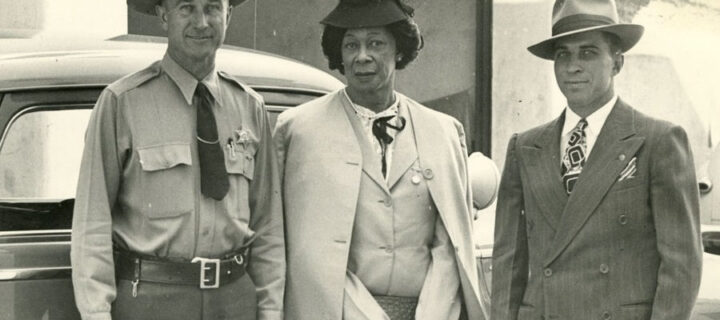
The Microchip Queen Lynn Conway
In the fast-paced evolution of technology, where innovation and progress reign supreme, certain individuals shine as beacons of inspiration and transformation. Among them is Lynn Conway, who stands as a remarkable figure, not only for her groundbreaking contributions to the world of computer science but also for her unwavering advocacy for transgender rights.
Imagine a time when microchips were still in their infancy, a world where the future of computing was just taking its first tentative steps. It was in this era that Lynn Conway emerged, ready to leave an indelible mark on the technology landscape.
As a transgender woman navigating a field dominated by men, she defied conventions, shattered glass ceilings, and, in doing so, became a pioneer in both technology and the fight for equality.
On this page
Growing Up
Lynn Ann Conway was born on January 2, 1938. Hailing from White Plains, New York, Conway’s early years were marked by an introspective journey, as she grappled with the challenges of gender dysphoria.
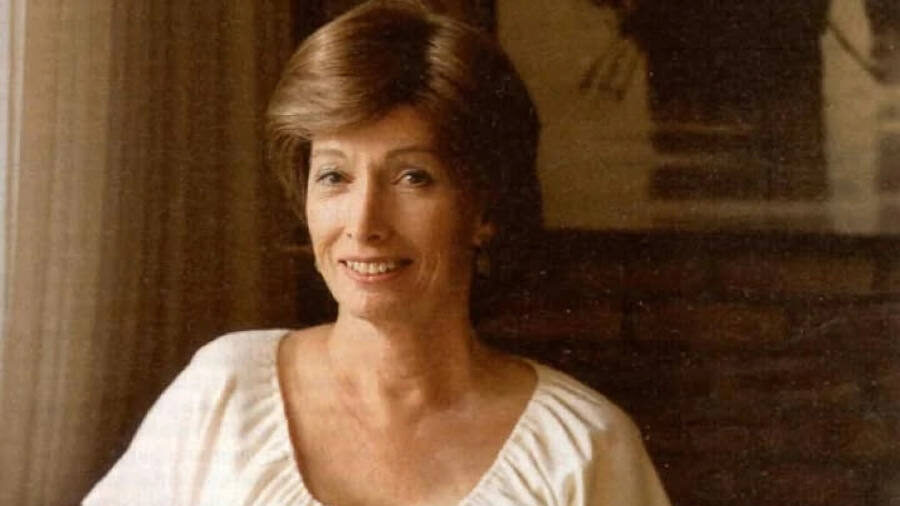
Despite these internal struggles, she exhibited a remarkable passion for astronomy, even crafting a 6-inch reflector telescope during one summer. Her academic prowess, particularly in the domains of mathematics and science, shone brightly during her high school years.
In 1955, Lynn Conway embarked on her academic journey at the Massachusetts Institute of Technology (MIT). Her tenure at MIT was characterized by exceptional academic achievements, but it was also a period marked by personal turmoil.
First Attempt at Transitioning
In 1957–58, Conway embarked on an attempted gender transition from male to female. Unfortunately, the prevailing medical climate of the time presented insurmountable challenges, leading to her departure from MIT amidst deep despair.
Flying Colors
Subsequently, she embarked on a different path, working as an electronics technician for several years. However, her thirst for knowledge and the pursuit of her dreams never waned. She rekindled her educational journey at Columbia University’s School of Engineering and Applied Science.
There, she exhibited her intellectual prowess once again, ultimately earning both a Bachelor of Science and a Master of Science in Electrical Engineering in 1962 and 1963, respectively.
Grassroot Stages as Microchip Queen
In 1964, IBM Research in Yorktown Heights, New York, recognized Lynn Conway’s exceptional talents and brought her into its fold.
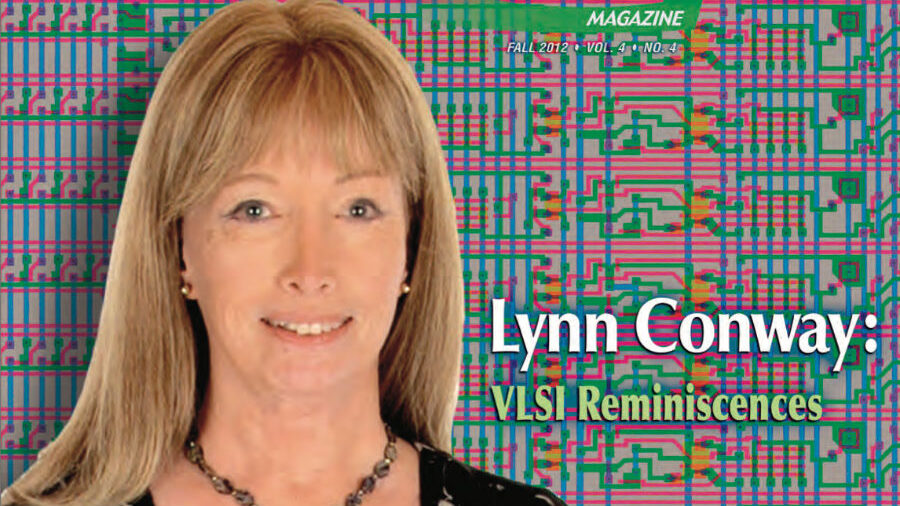
This marked the beginning of a transformative chapter in her career, as she was swiftly chosen to be part of an elite architecture team tasked with designing a cutting-edge supercomputer.
Within this team, she collaborated with:
- Ed Sussenguth
- John Cocke
- Herbert Schorr
- Brian Randell
- and Fran Allen
among other esteemed IBM researchers, as part of the pioneering Advanced Computing Systems (ACS) project.
Accolades
Remarkably, the Computer History Museum has hailed the ACS machines as trailblazers in the realm of computer design. These machines are widely acknowledged as the pioneering precursors of superscalar architecture, a paradigm that is now a cornerstone of modern high-performance microprocessors.
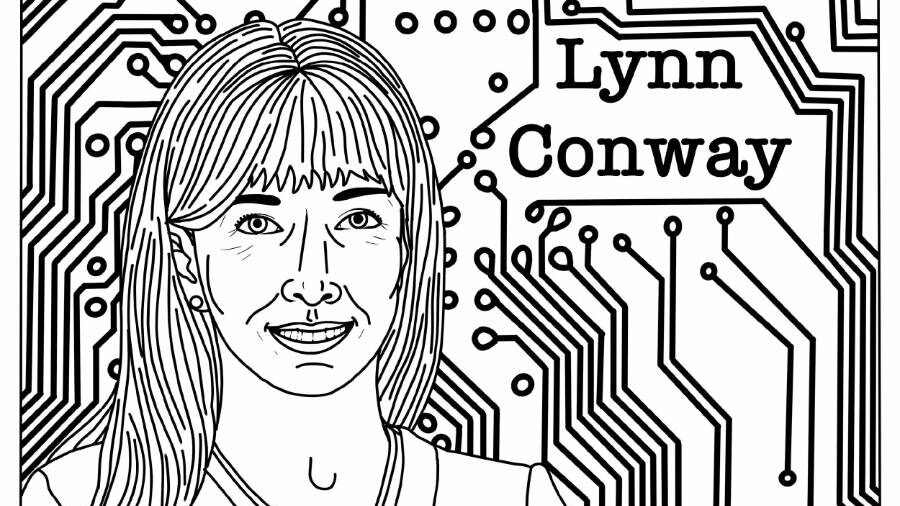
Lynn Conway and her dedicated team can be credited with pioneering a transformative approach that continues to empower the technology we use in our daily lives.
Through her exceptional work at IBM and her profound contributions to computer architecture, her legacy extends far beyond the boundaries of her era.
Second Attempt at Transitioning
Her journey towards embracing her true self followed a path shaped by the evolving understanding of transgender healthcare. After learning about the pioneering research of Harry Benjamin, who was at the forefront of treating transsexual women, Conway recognized the possibility of gender affirmation surgery, a pivotal moment in her life.

The weight of gender dysphoria had taken a toll on her mental well-being, leading her to reach out to Benjamin for assistance. Fortunately, he offered his guidance, counseling, and hormone therapy, marking the beginning of her medical gender transition.
Prior to her transition, she had experienced the challenges of living in a male role, including being in a marriage and raising two children. However, the legal landscape of that era presented formidable obstacles, resulting in her being denied access to her own children after her transition.
In an attempt to navigate these personal and societal challenges, Conway had initially hoped to undergo her transition while continuing her work at IBM. Regrettably, IBM’s response was to terminate her employment in 1968 after learning of her intentions.
It’s worth noting that IBM publicly acknowledged and apologized for this decision in 2020, marking a significant step towards recognizing and rectifying past injustices.
Career Without IBM
Upon her return to work outside IBM, Lynn embarked on a remarkable journey of self-discovery and transformation. With unwavering determination, she embraced her true identity, embarking on her social transition and adopting her new name.
Starting her career afresh as a contract programmer, she carried with her the unbreakable spirit of a survivor. Her courage defied the dire predictions of IBM executives and even those who had once been close to her but had chosen to step away.
Lynn ventured into the world, a solitary figure with an unyielding resolve. She forged new connections, cultivated friendships, and dedicated herself to achieving success in her renewed life.
Astonishingly, her newfound happiness and zest for life ignited her career like a blazing rocket. Progressing through various companies, she eventually secured a significant role in computer architecture at Memorex in 1971.
Xerox Company
In 1973, she received a pivotal invitation to join the burgeoning Palo Alto Research Center at Xerox, right at its inception.
In a mere decade since her gender transition, Lynn Conway was poised on the brink of international acclaim in her field, all thanks to her groundbreaking innovations in Very Large Scale Integration (VLSI). Her influence extended beyond her corporate roles; she authored a textbook on the subject and took the pioneering step of teaching the first prototype course on VLSI systems at M.I.T.
Her Impact
The impact of her work rippled across the globe, with universities worldwide adopting her textbook for similar courses. The Department of Defense recognized her contributions, initiating a significant research program to build upon her groundbreaking insights.
Simultaneously, countless startup companies sprang to life, seeking to commercialize the wealth of knowledge she had imparted Astonishingly, this extraordinary progress occurred without the world fully grasping Lynn’s secret past, a testament to her indomitable spirit and resilience.
Her Legacy
Lynn Conway made significant contributions to microchip design through her work on the Advanced Computing Systems (ACS) project at IBM. Her role in this project involved the development of advanced computer architectures, particularly in the area of multiple-issue out-of-order dynamic instruction scheduling.
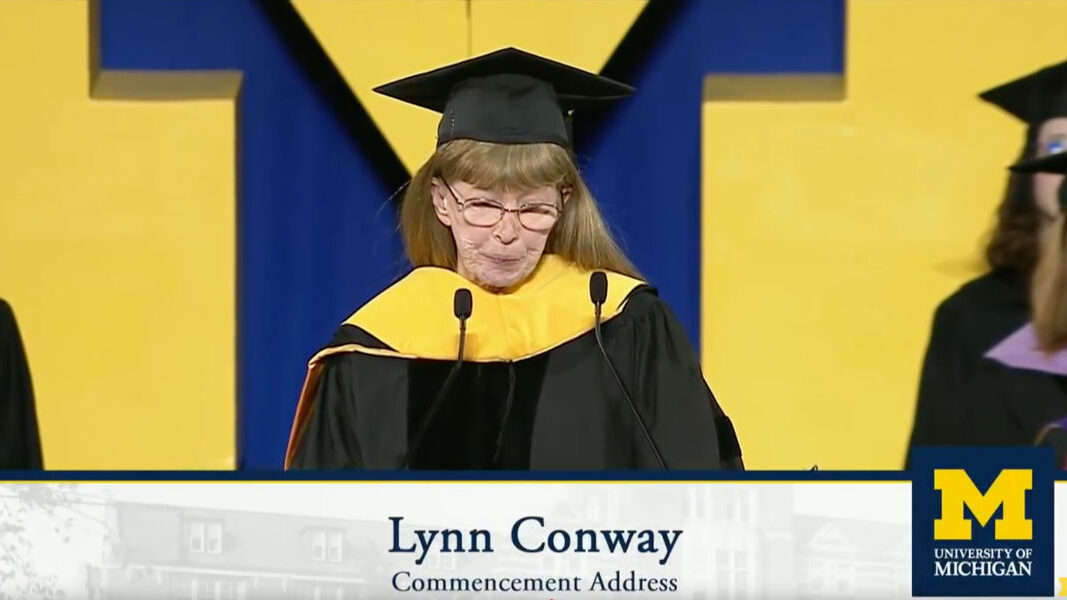
This innovative approach was foundational in the evolution of microprocessor design, specifically in the realm of superscalar architecture. The ACS machines, which Conway and her team worked on, are regarded as pioneering examples of superscalar design, a key architectural paradigm widely utilized in modern high-performance microprocessors.
Her Activism
Approaching retirement, she became aware of the impending revelation of her early work at IBM, which was being prepared for publication in 2001 by Mark Smotherman’s investigations. In response, she initiated a quiet process of coming out to her friends and colleagues in 1999, disclosing her journey of gender transition.
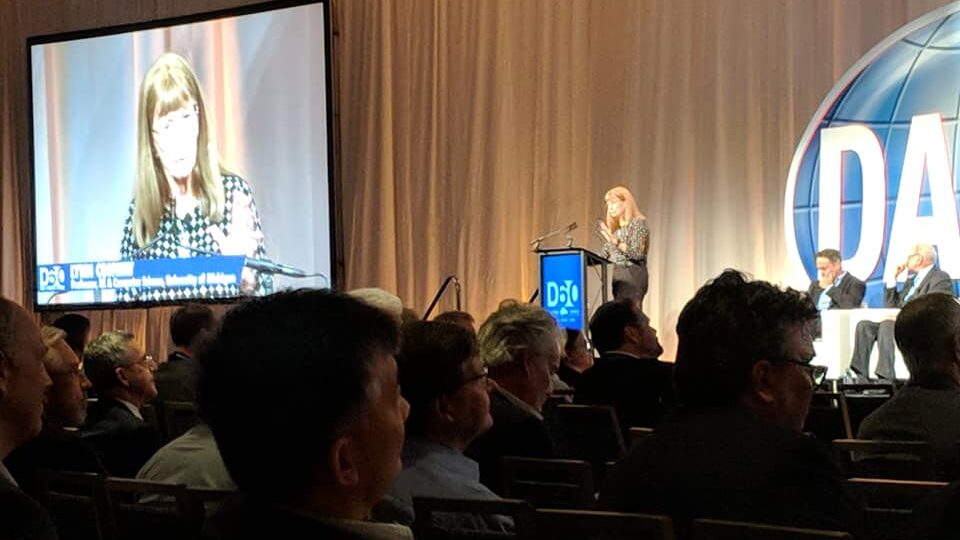
Using her personal website as a platform, she shared her own story in her own words, offering a candid and personal perspective on her life’s transformative chapters. Subsequently, her story gained broader recognition in 2000 through profiles in prestigious publications such as Scientific American and the Los Angeles Times.
In a later interview with Forbes, she reflected on her journey, noting the transition from being recognized as a trailblazing woman in the computer science field during the 1970s to 1999 to becoming a pioneer in breaking down barriers related to transgender identity in 2000.
Following her decision to go public with her story, she committed herself to transgender activism with the goal of increasing awareness and fostering acceptance of gender identity issues and the transition process.
Did you enjoy learning about her life? Share this article on your timeline to spread awareness and help create safe spaces for transgender people around the world.


